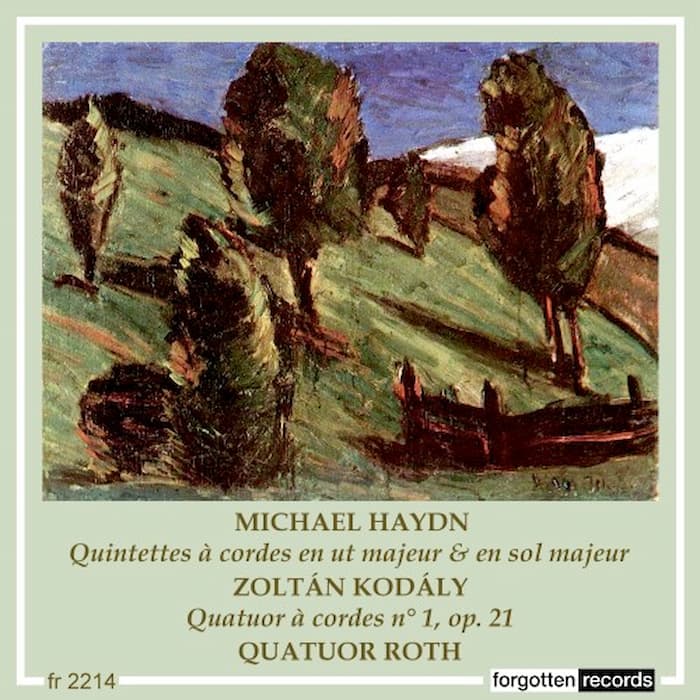Program music, music written to a pre-existing storyline, was at the centre of the battle with absolute music, music written for the sake of music. Nonetheless, program music is something that, for many people, gives them a way to negotiate through an auditory experience.

Ilya Repin: Borodin, 1888 (St Petersburg: Russian Museum)
Alexander Borodin (1833–1887) created his ‘musical picture’ In the Steppes of Central Asia in 1880. It was intended as part of a series of episodes in Russian history to mark the silver jubilee of Tsar Alexander II. Other musical works written for the celebration include Tchaikovsky’s 1812 Overture. Mussorgsky’s The Capture of Kars, commemorating a military victory in 1855, the year the Tsar took the throne, might also have been for the jubilee. These works were all intended as the music for a series of tableaux vivants on ‘The Genius of Russia and History’. The project never came to fruition, but the music remains.
Borodin’s description of the work marks the meeting of the East, a camel caravan, and the West, which is guarded by Russian troops. ‘The silence of the sandy steppes of Central Asia is interrupted by the first sounds of a peaceful Russian song. Then the melancholy refrain of an Oriental song is heard, and with it the tramp of horses and camels. A caravan escorted by Russian soldiers is crossing the immense desert, fearlessly continuing its long journey under the protection of the Russian troops. The caravan proceeds on its way. The songs of the Russians and those of the Asiatics gradually blend together in the same harmony; their refrains are heard for some time and finally die away in the distance.’
The high harmonics of the violins set the scene: an empty desert, but not silent. The two melodies are given to two distinctive instrumental groups: clarinet, then the horn for the Russian melody, and the plaintive sound of the cor anglais for the eastern melody. The lower strings keep up a rhythmic pizzicato playing, the double bass on the beat and then viola and cello off the beat to convey the onward motion of the caravan. We, the listeners, are stopped, watching this grand procession pass.
Alexander Borodin: In the Steppes of Central Asia

Philippe Gaubert, c. 1920
This 1937 recording was made under the direction of Philippe Gaubert, leading the Orchestra de la Société des Concerts du Conservatoire. The orchestra was formed in 1828 and was made up of professors from the Paris Conservatoire and their pupils. It ceased to be in 1967, replaced by the Orchestre de Paris. Philippe Gaubert (1879–1941) was the orchestra’s chief conductor from 1919 through 1938. Gaubert started his work at the Paris Conservatoire on the flute, entering at age 13. Following a career as a flautist at the Paris Opéra, he was given a triple appointment that placed him at the heart of French musical culture: he was appointed professor of flute at the Conservatoire, he was appointed principal conductor of the Paris Opéra, and was appointed principal conductor of the Orchestra de la Société des Concerts du Conservatoire.

Performed by
Philippe Gaubert
Orchestre de la Société des Concerts du Conservatoire
Recorded in 1937
Official Website
For more of the best in classical music, sign up for our E-Newsletter



